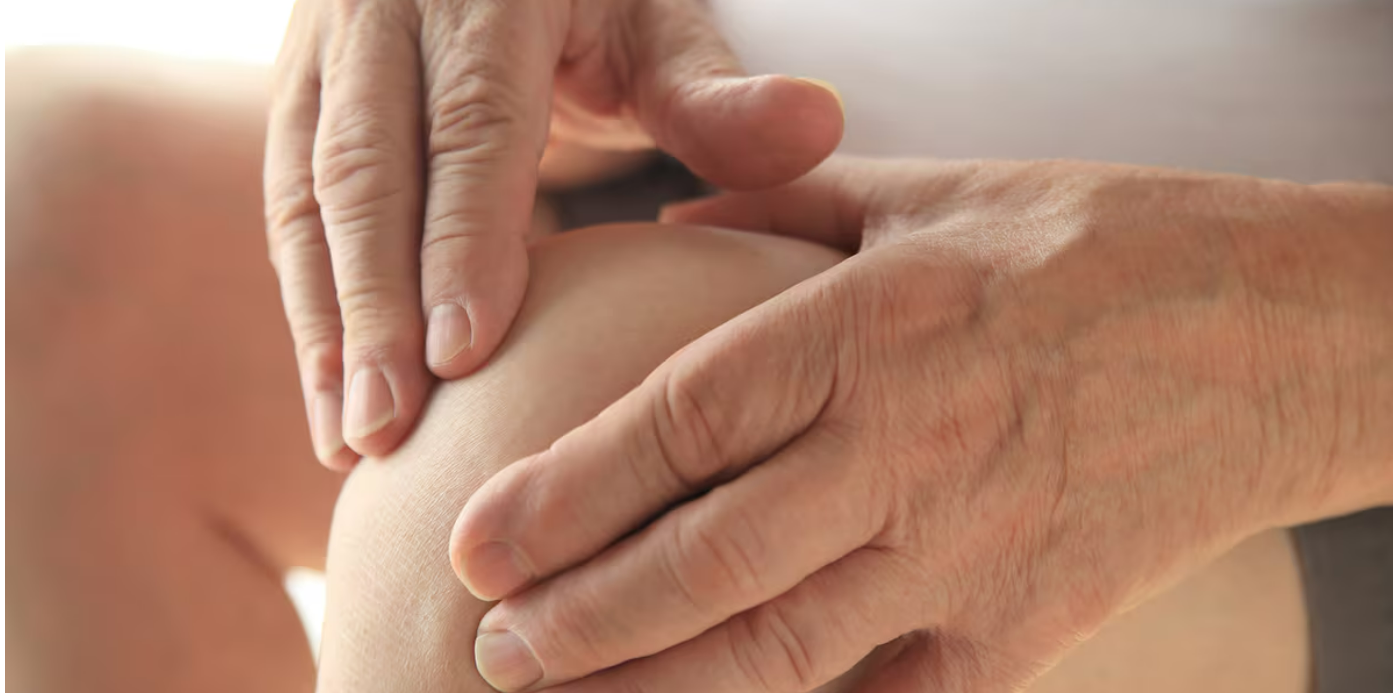Psoriatic arthritis (PsA) is more than joint inflammation—it’s a complex, chronic condition that affects nearly every aspect of daily life. In Spain, around 215,000 people live with PsA, according to the Spanish Society of Rheumatology (SER). But despite medical advancements and objective assessments, a significant gap remains between how doctors measure the disease and how patients actually experience it.
A recent patient survey, MAPA, conducted by Acción Psoriasis and ConArtritis, reveals a pressing reality: many aspects of life that deeply affect patients—such as fatigue, sexual health, and emotional well-being—are often overlooked in medical consultations.
🔍 A Disconnect Between Data and Daily Life
According to MAPA, only 31% of patients report being asked by their doctor about how PsA affects their daily activities. Yet the impact is undeniable:
- 86% of patients live with chronic pain
- 78% have experienced flare-ups in the past year
- 63% rate their disease as “severe” or “very severe”
- 25% feel dissatisfied with the care they receive
This disconnect is echoed by Dr. Rosario García de Vicuña, Head of Rheumatology at La Princesa Hospital in Madrid:
“We’ve realized that the things that matter most to patients are not always the same things doctors focus on.”
💬 What Patients Really Face
Montse Ginés, vice president of Acción Psoriasis and a PsA patient for 17 years, explains it clearly:
“Your bloodwork might look good, but you’re still exhausted. You can’t lift weight, go grocery shopping, wash your hair, or even drive on bad days.”
Psoriatic arthritis can flare up without warning—one day you’re fine, the next you struggle to get out of bed. Many patients experience fatigue, joint pain, tendon inflammation, and what Ginés calls “mental fog”: trouble concentrating, memory lapses, and cognitive fatigue that aren’t as visible as swollen joints or skin lesions.
In fact, 52% of patients report sleep issues, and 37% say PsA affects their sexual relationships. Still, these topics often go unspoken in appointments, largely due to time constraints or discomfort discussing them.
🧠 Psoriatic Disease: A Holistic Challenge
While 82.6% of PsA patients also have skin psoriasis, historically, treatment was divided between rheumatologists and dermatologists. But that’s changing. More physicians are now treating PsA and psoriasis as one condition—psoriatic disease—that requires a multidisciplinary approach.
“If we only use indices like DAPSA to evaluate the disease, we might conclude a patient is doing fine. But that doesn’t mean they’re able to live their life normally,” says Dr. García de Vicuña.
DAPSA (Disease Activity index for Psoriatic Arthritis) looks at swollen and tender joints and a global patient score. But it doesn’t measure fatigue, depression, sexual health, or skin involvement.
👥 The Call for Whole-Person Care
Antonio Torralba, Vice President of ConArtritis, emphasizes that patients should be treated as people, not just clinical cases.
“We want doctors to consider how PsA affects our social lives, our jobs, our families. Quality of life matters.”
Psychological consequences are also under-addressed. According to the MAPA survey:
- 44% of patients experience low self-esteem
- 26% report anxiety
- 25% report depression
- 52% suffer from stress
“Sometimes these issues are not discussed due to lack of time,” García de Vicuña admits, “but when we do address them, the impact is significant.”
🧑⚕️ The Power of the Patient Voice
Ginés encourages patients to prepare before consultations—to be proactive partners in their care:
“Ask questions, talk about your needs, and don’t hesitate to request psychological support if needed. Treatment goes beyond pills.”
She emphasizes that lifestyle factors—such as sleep hygiene, exercise, and nutrition—can directly influence disease outcomes. Research backs this up: regular, appropriate physical activity can reduce flare-ups and help control pain. But patients need professional guidance to implement these changes safely.
That’s where the support of nurses, psychologists, nutritionists, physical therapists, and pharmacists becomes essential—alongside rheumatology and dermatology.
🧑🔬 The Role of Nursing
Only 25% of survey participants reported receiving nursing support, yet 80% were highly satisfied with the care nurses provided.
“Patients often open up more to nurses,” says García de Vicuña. “They’ll talk about their sexual health or emotional struggles—things they might not bring up with a doctor.”
Nurses address the practical and emotional aspects of chronic illness: how to sleep better, manage stress, or adapt daily activities. Their presence can significantly improve a patient’s healthcare experience.
⏳ The Diagnostic Delay
Another major challenge is the delay in diagnosis:
- Only 32.5% were diagnosed within a year of symptoms
- 13.7% waited more than 10 years for a correct diagnosis
Early diagnosis is crucial to prevent joint damage and long-term disability. Raising awareness—among both medical professionals and the general public—is key.
✅ Moving Toward a Patient-Centered Future
There is hope. Experts agree that medicine is shifting toward patient-centered care and coordinated treatment plans. But to truly support PsA patients, healthcare systems must expand beyond lab results and physical exams.
- Ask the deeper questions.
- Make room for the invisible symptoms.
- Treat the person, not just the inflammation.
Because for those living with psoriatic arthritis, success isn’t just about scoring low on a disease index. It’s about regaining control over their bodies, their time, and their lives.

